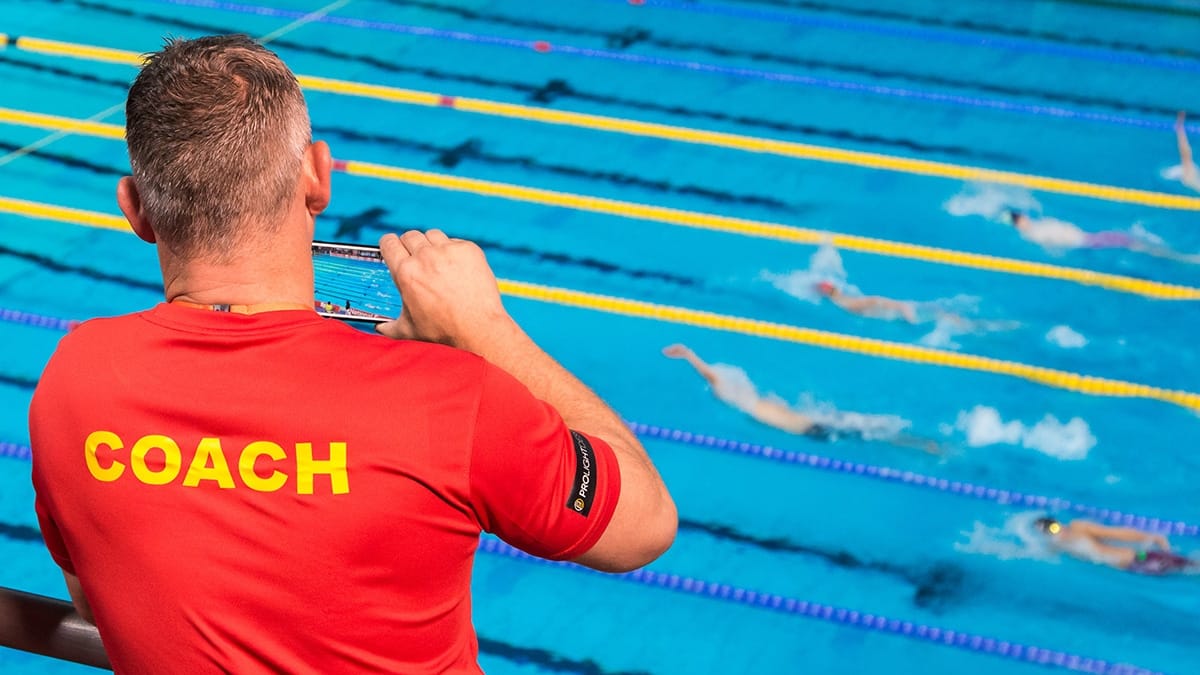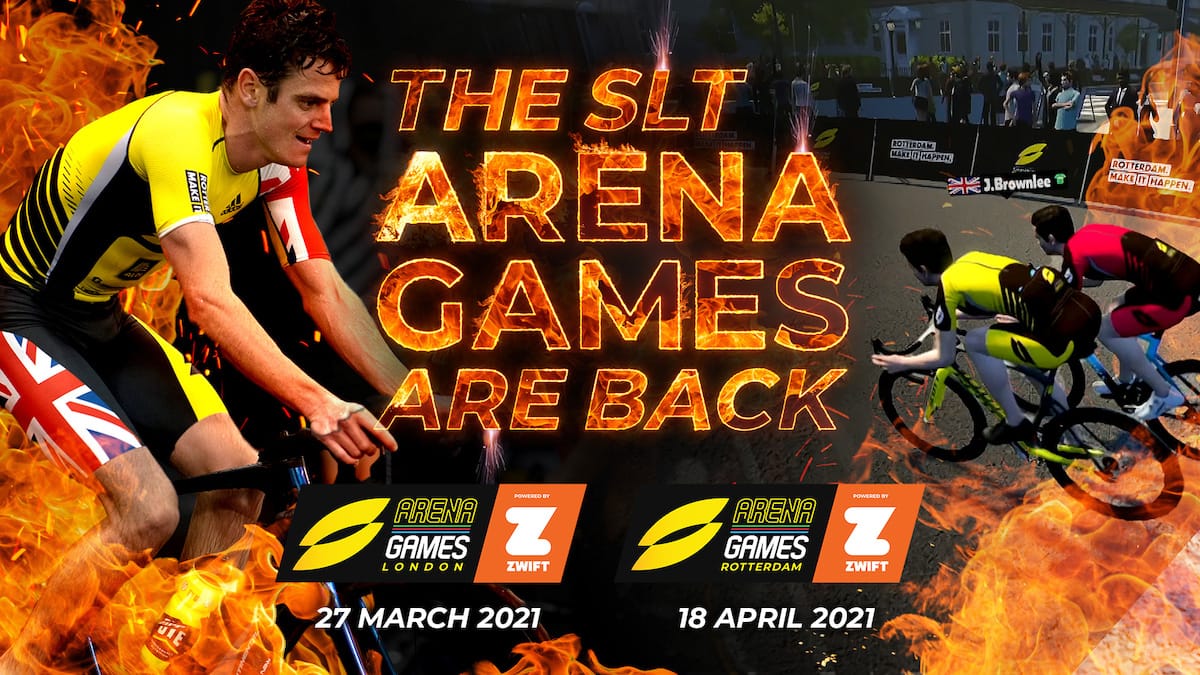I think I would be making a fairly accurate educated guess when I say most triathletes find swimming the hardest part of their training.
Certainly, my experiences as a coach and athlete over the last 30 years lead me to believe that swimming is one part of triathlon that most age groupers find the hardest to improve.
I’ve had the benefit of teaching everyone from babies to adults how to swim. And from a triathlon coaching perspective, I have worked with everyone from raw beginners to World Class athletes competing at the elite level. The one thing I can say with certainty across all levels of triathletes is that changing a triathletes swim technique is extremely difficult.
Even the elite triathletes that I have worked with that swim 6 days per week were unable to change parts of their swim stroke that were not technically proficient. That did not mean we didn’t do things in training to modify their stroke. However, those changes were not as simple as performing technical swim drills that traditional swimmers use.
Swimming is a technical sport that requires high levels of efficiency to perform well. Good swimmers are taught the skills to swim well from a young age. As children, our bodies are like playdo that can be moulded. We can ingrain the movement patterns within our neuromuscular system that allow us to swim well.
Fundamentally, adults cannot master certain sports because neuromuscular pathways have already been established. A swimmer who has been swimming since childhood has done so while the body was still developing. Therefore, the movement of a swim stroke will have been hard-wired into the body’s neuromuscular system. Adults simply cannot do that.
When you see kids fly up and down the pool next to you that are not as strong or as fit it is because they are more efficient. They are creating less drag and move through the water with less effort.
If a swimmer takes up triathlon as an adult even after a break of many years, they have those formed neural pathways and technique that allows them to still swim well. Especially compared to an adult who has taken up triathlon from a non- swimming background. Such a person might be fit and strong in the pool, but they will struggle to keep up with a swimmer who is not as fit and strong due to their superior technique.
When we’re swimming the goal is to create forward propulsion and reduce drag. We want to take as many ‘effective’ strokes as possible. This is especially the case for triathletes. At best, most triathletes will swim an average of 2-3 times per week for 45 minutes to 1 hour. In terms of creating improvements for swimming that is not very much.
What should our goals be for triathletes training in the pool?
- To maximise the time available and achieve the best possible outcome for every session in the pool. If on average most triathletes are swimming 2-3 hours per week total how do, we maximise that time? Taking into consideration the fact you have to ride and run after the swim it is important to exit the swim on race day with the fitness so that you can recover from the swim.
Physiologically we need to be able to distribute the lactate that has developed especially once you stand up and start running to transition. The higher level of swim fitness you have the quicker your body will buffer that lactate. Without the swim fitness, you won’t be able to buffer the lactate and your bike and run suffer accordingly.
What does that mean in terms of an actual session planning content?
Doing sessions that are physically demanding with a reasonably high level of intensity. At most it will be 2-4km per session, so we want to ensure that the majority of that 2-4km is reasonably hard swimming that elevates the heart rate to achieve a physiological adaptation required for triathlon swimming.
For example, a short warm-up of around 400-600m, the main set of 1500-2000m where the high-intensity work will be performed and a short warm-down of 200-400m. - We want to take as many effective strokes as possible. If we go back to the case of the adult age grouper who has taken up triathlon from a non- swimming background then I believe utilising different swimming aids such as a pull buoy, paddles and fins is a great idea.
By doing so it will sit them higher in the water, create less drag and allow them to swim faster which means more effective strokes and greater fitness adaptations. Without the use of swim aids, they will struggle to swim effectively, create more drag and not get the improvements required.
What can happen is once they become fitter and stronger in the water, it means they start to create less drag and therefore swim faster. As a result, the use of swim aids is not needed as much. This is where a good coach comes into play and helping the athlete understand when and where to use swimming aids.
A person with a swim background will not need to use swim aids as much due to their technical expertise. These people sit higher in the water naturally so the need to use swimming aids is less. - Our final goal for triathletes I believe is helping them adapt to the demands of open water swimming. Triathlon swimming can rough and tough. Weather conditions, tides and other swimmers make it a journey into the unknown. Other than swimming around the buoys in the course you can almost do anything you want.
Draft off another person’s feet or hips, swim as close as you want to other people and even swim over other people. Therefore, due to the complexities of triathlon swimming triathletes need to practice skills such as drafting in the pool. Learn to sit on another person’s feet or hips, learn to swim in close vicinity of other people, learn to navigate by practicing sighting in the pool and finally develop the skill increase your stroke rate.
Having a higher stroke rate in the open water allows you to create more forward propulsion and get into the power part of your stroke under the water. I have seen triathletes try and mimic the long slow pool gliding strokes of swimmers in training and racing only to go slow on race day. Why?
Because a long gliding stroke in the open water can be impacted by too many variables such as chop in the water, other people’s bodies and swimming around buoys. Doing things like short quick 25’s and 50’s in the pool and band only swimming help to improve stroke rate. These can be done as part of the warm-up before the main set.
The other reason I believe doing your traditional swimming technical drills in the pool is not advisable for triathletes is when placed under race conditions 99% of the time they will go back to old habits. The ability to perform a movement repeatedly let alone a new movement is difficult in controlled conditions.
Under race conditions where anxiety is naturally increased especially for the non-swimmers and people go back to what is natural. Even when you are teaching people basic skills like blowing out under the water which they can do fine when swimming on their own when you put them under stress in the pool many forget to blow out under the water.
It is the same for triathletes attempting to learn difficult technical drills for swimming. Then can be improvements in the pool, they can go faster in training but placed in race conditions 99% of the time these improvements go out the window.
However, strength and fitness don’t leave you on race day conditions no matter how stressed or anxious you are.
In my next article, I’ll talk about a couple of ‘drills’ that are effective to help with your triathlon swimming and why.
I should point out there is a caveat with all of this. If a person can’t swim continuously for at least 500m or hold 100m repeats under 2 min 30 then I would recommend going to swimming lessons and have someone teach them how to swim. Once a person has the basics of being able to breathe effectively, understand the mechanics of freestyle and develop the ability to swim for 500m non -stop then they can start to adopt these principles.







